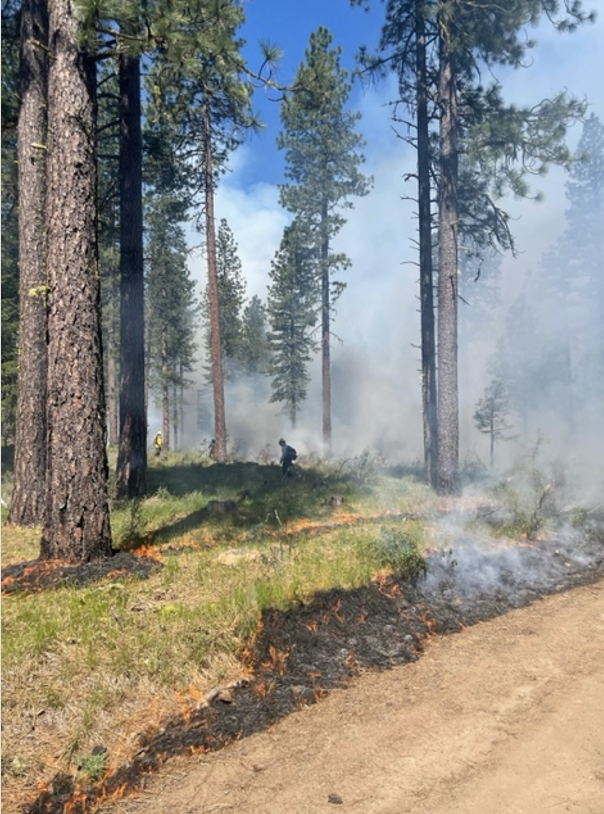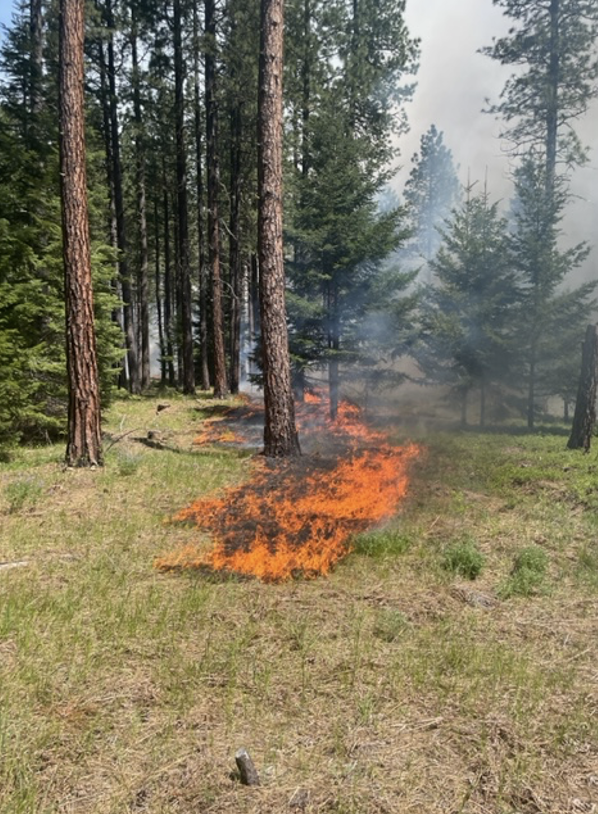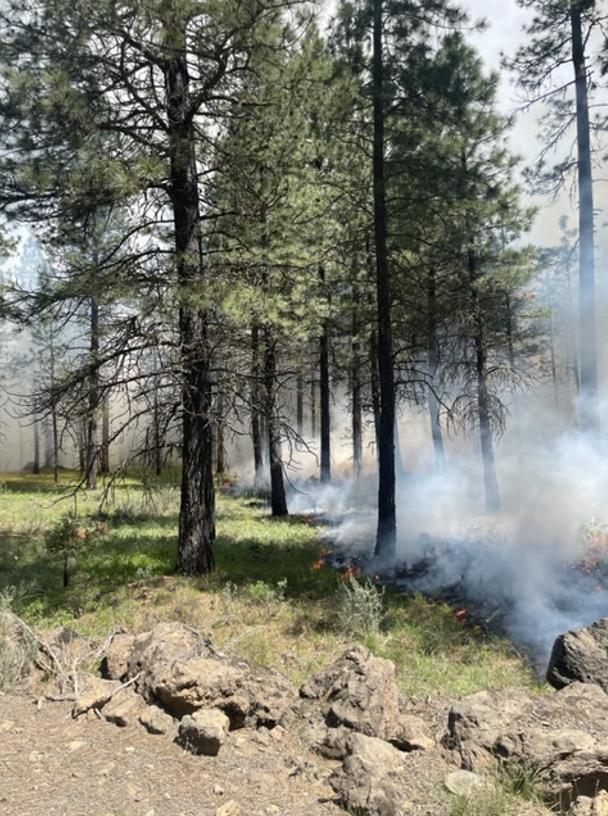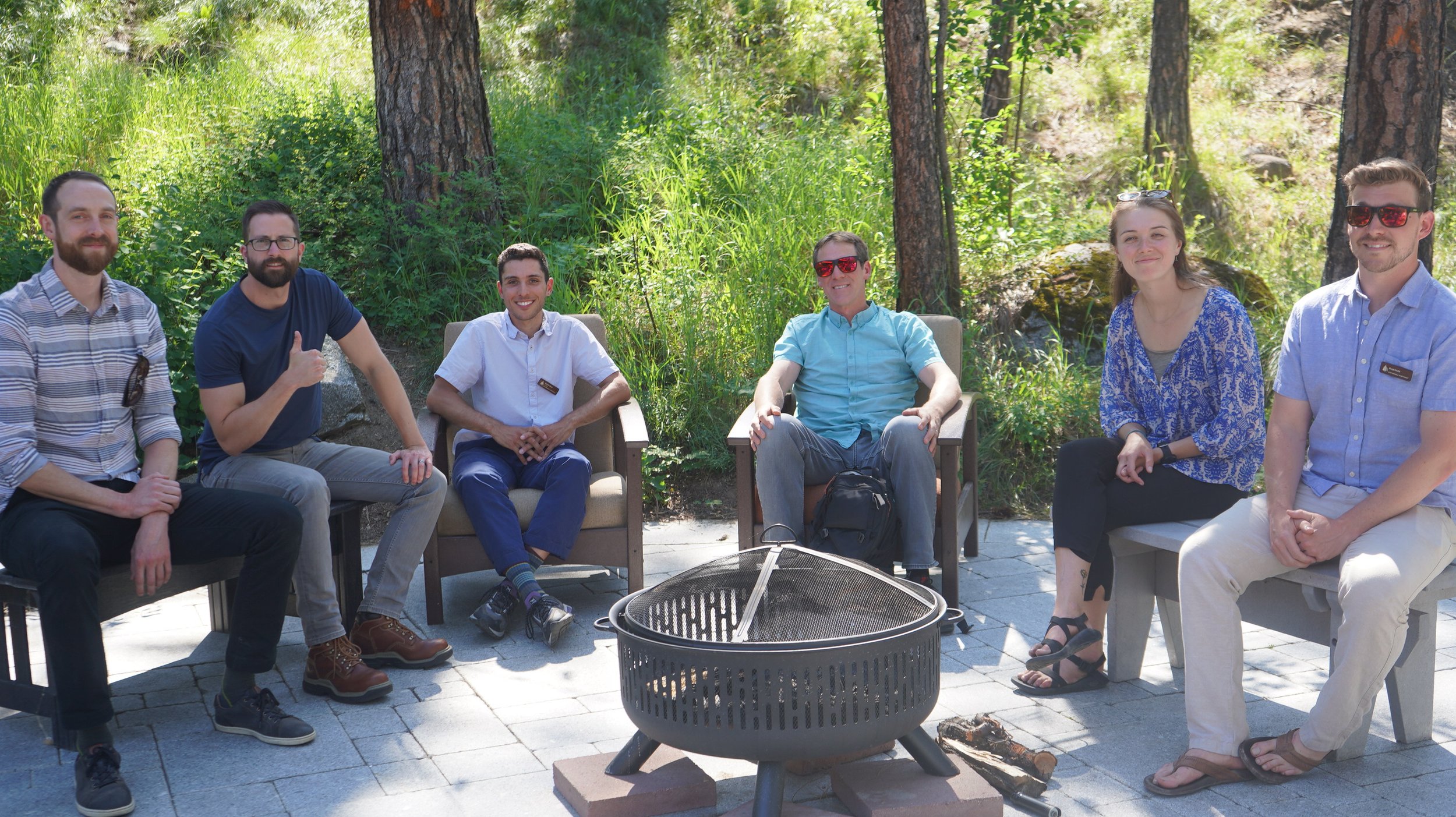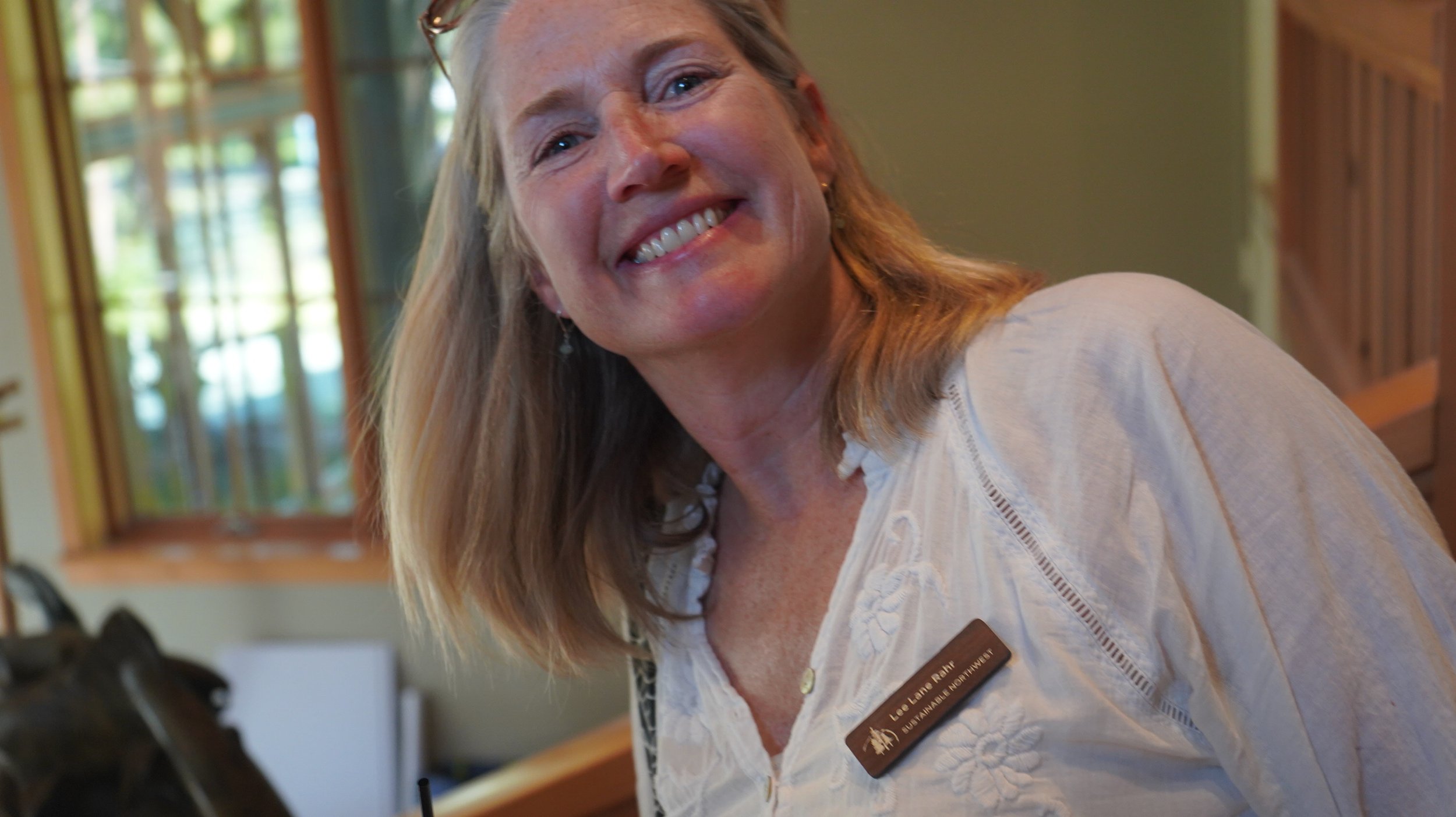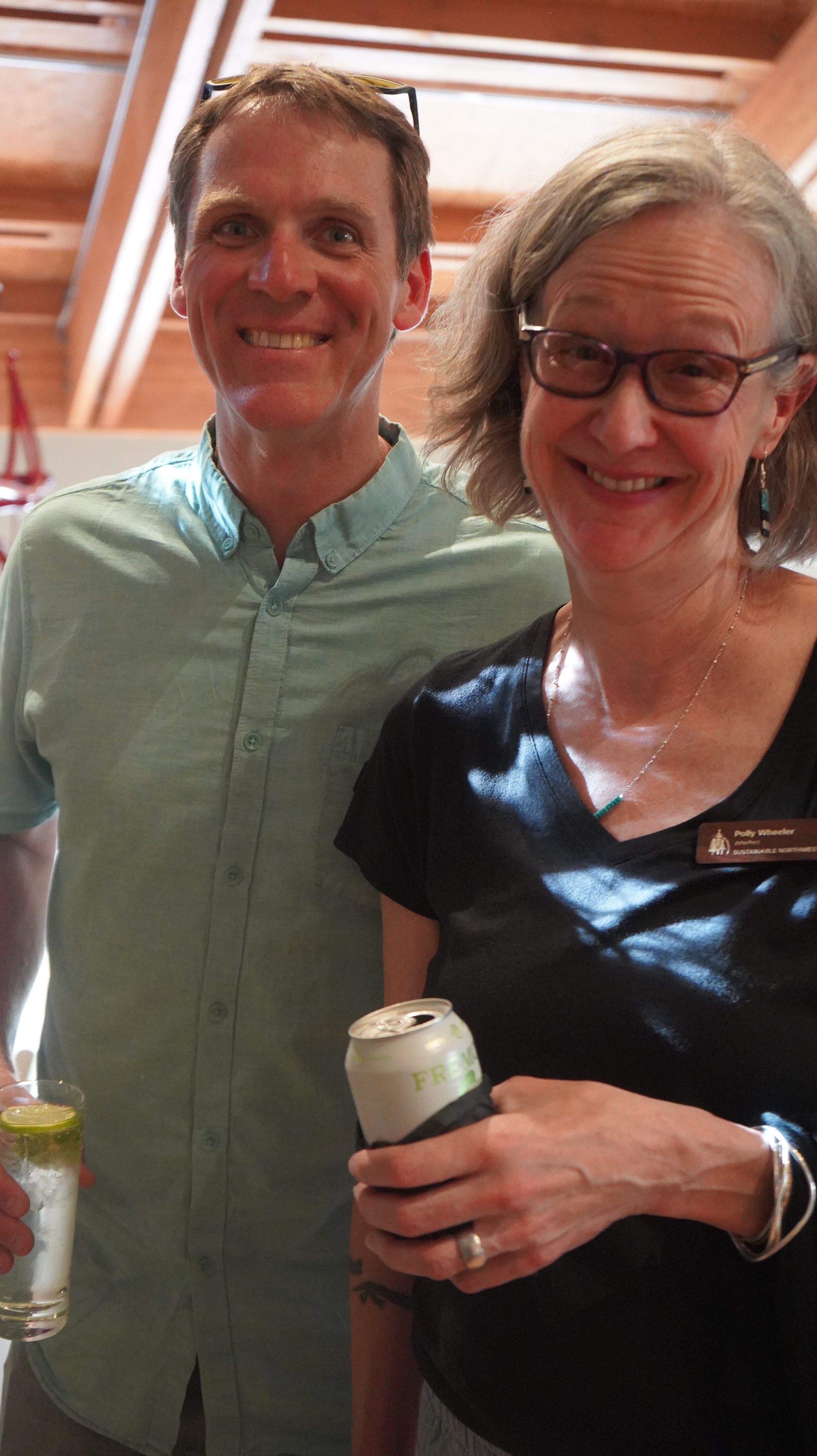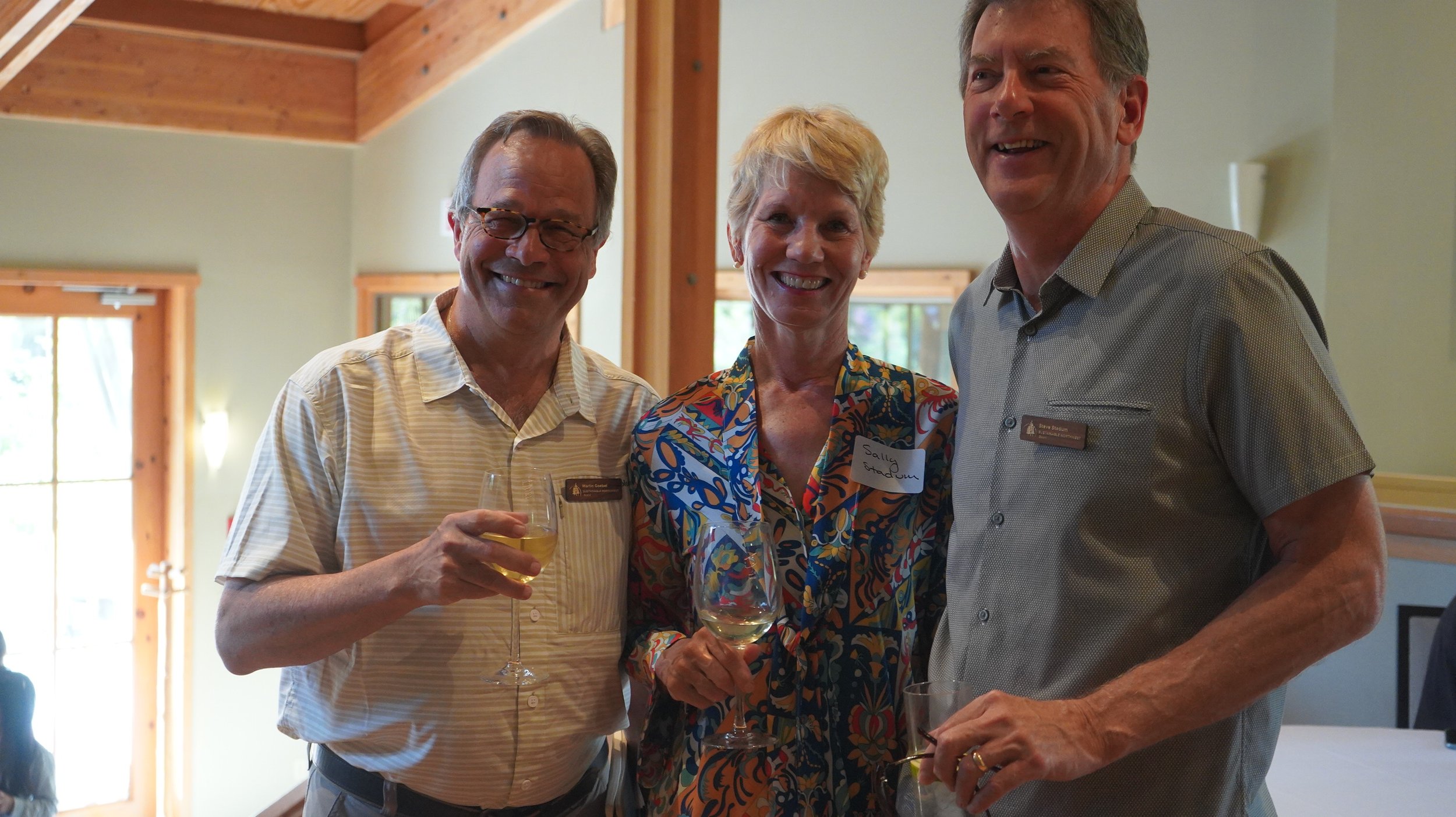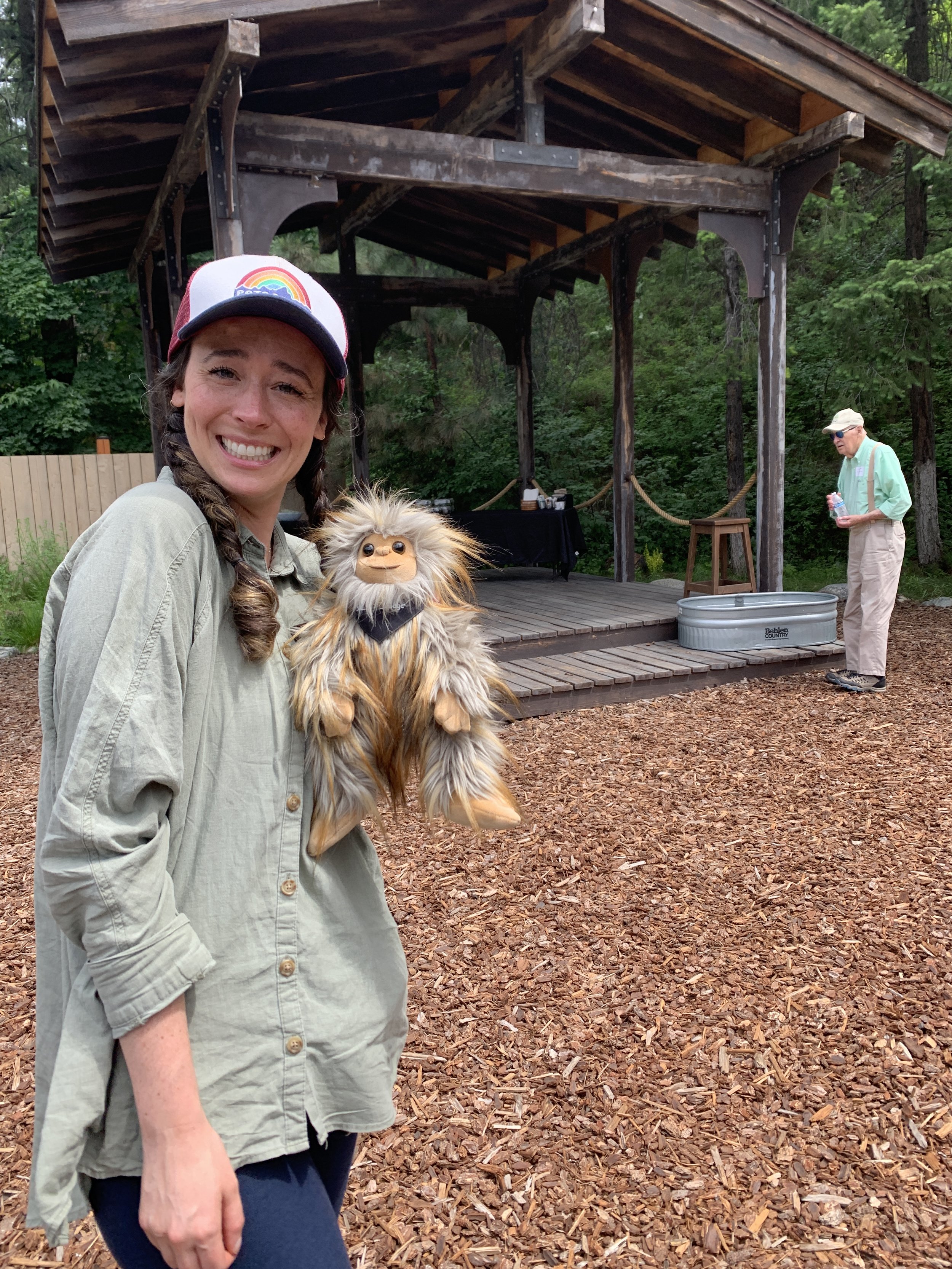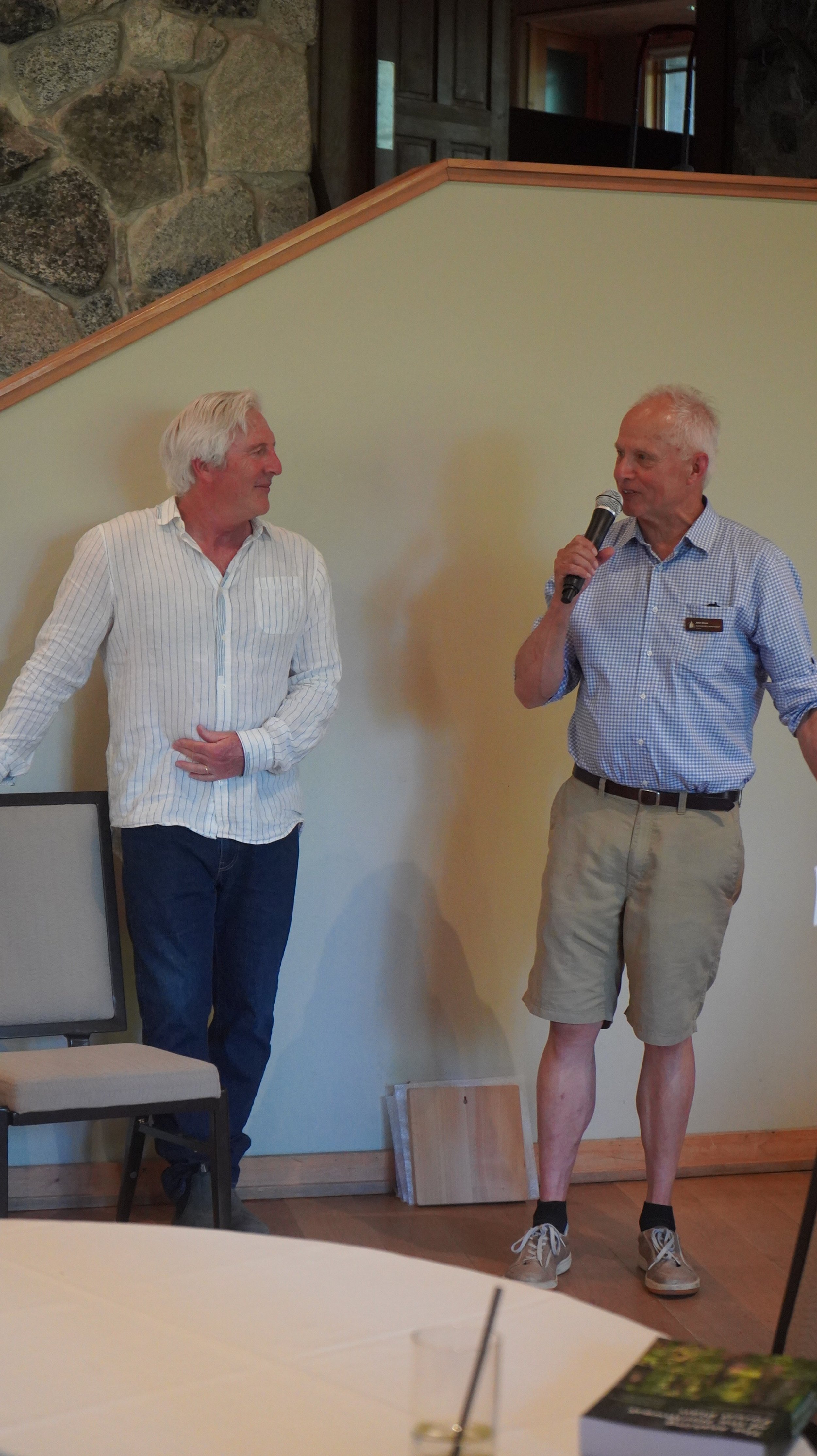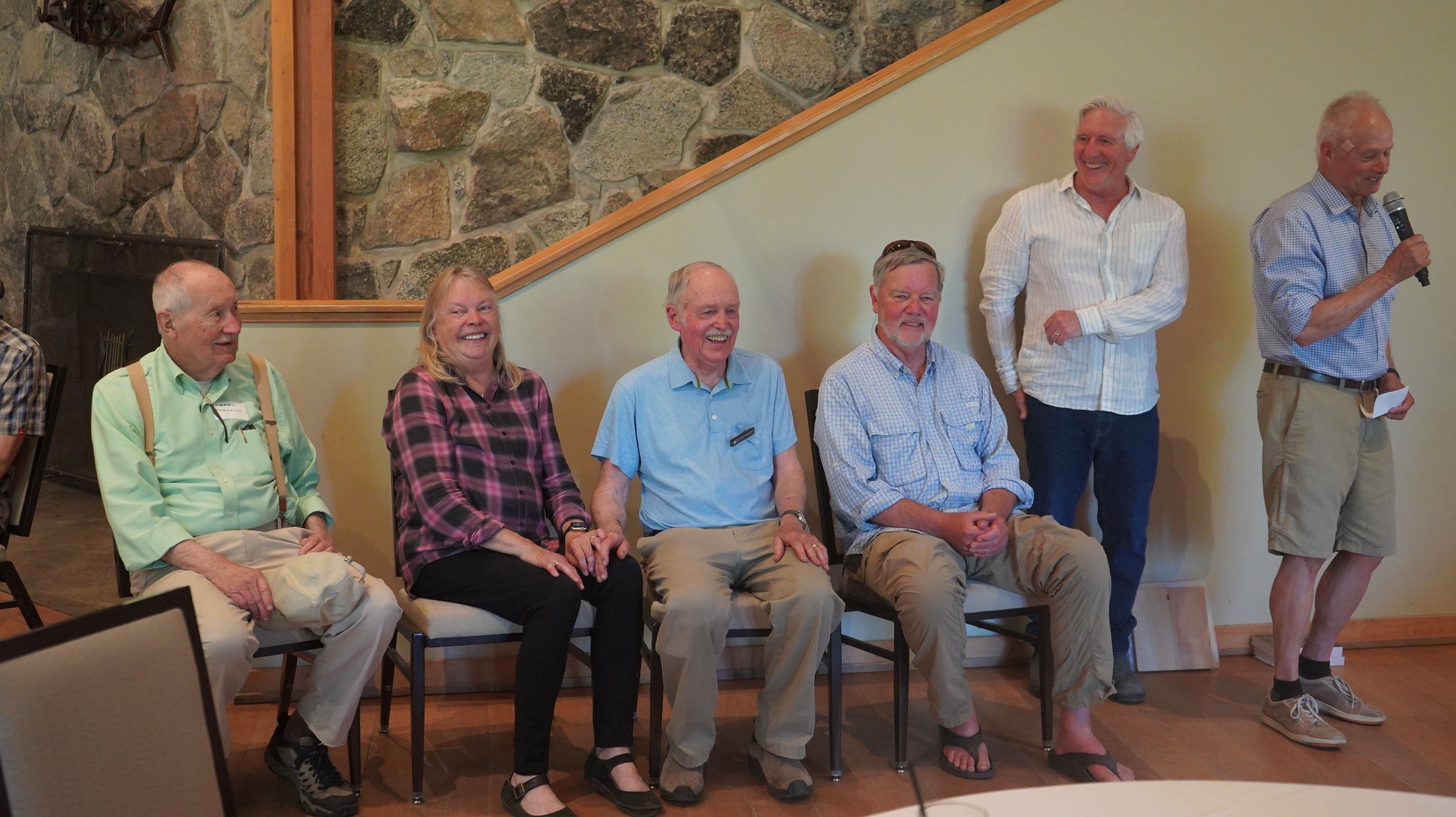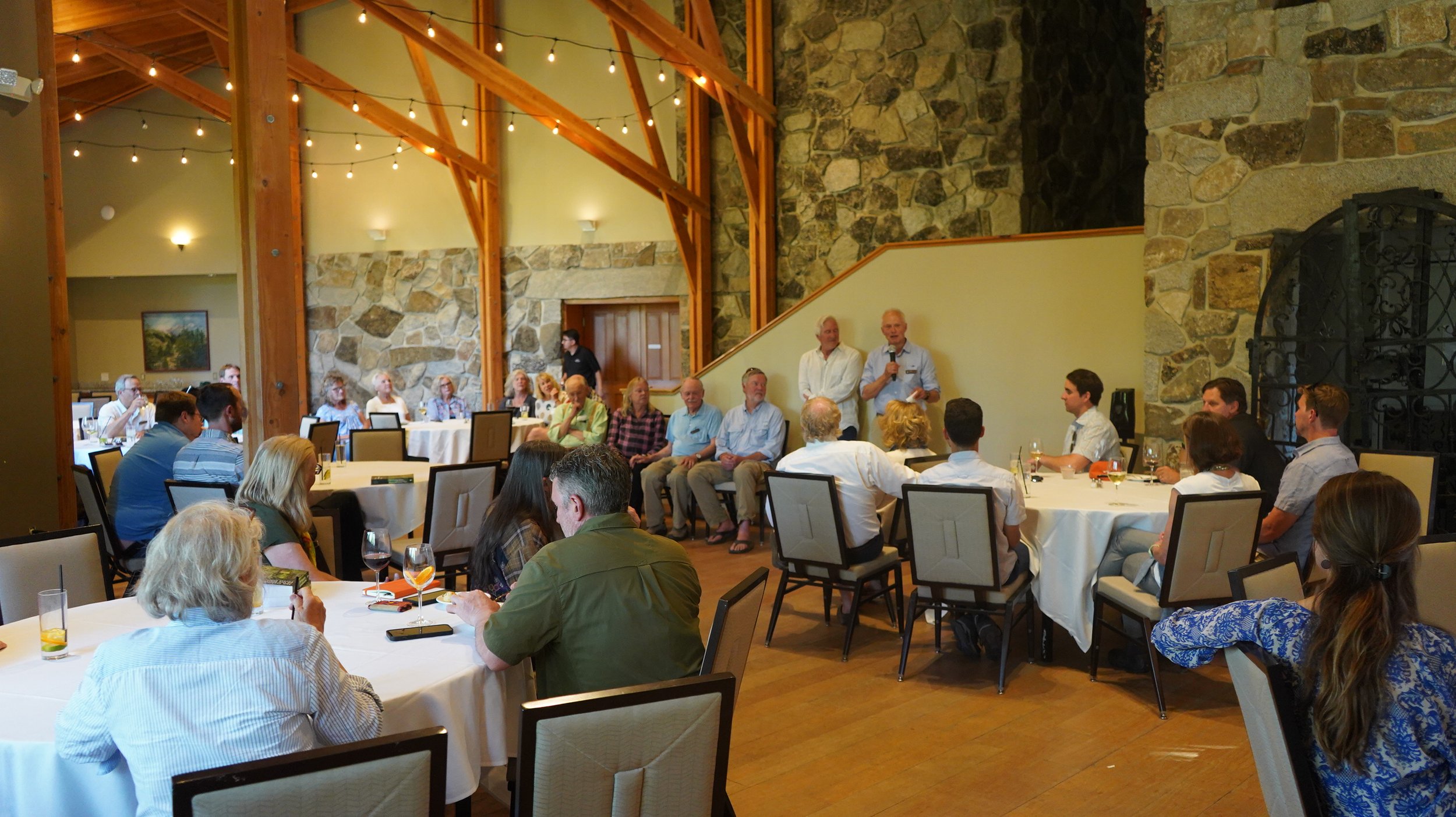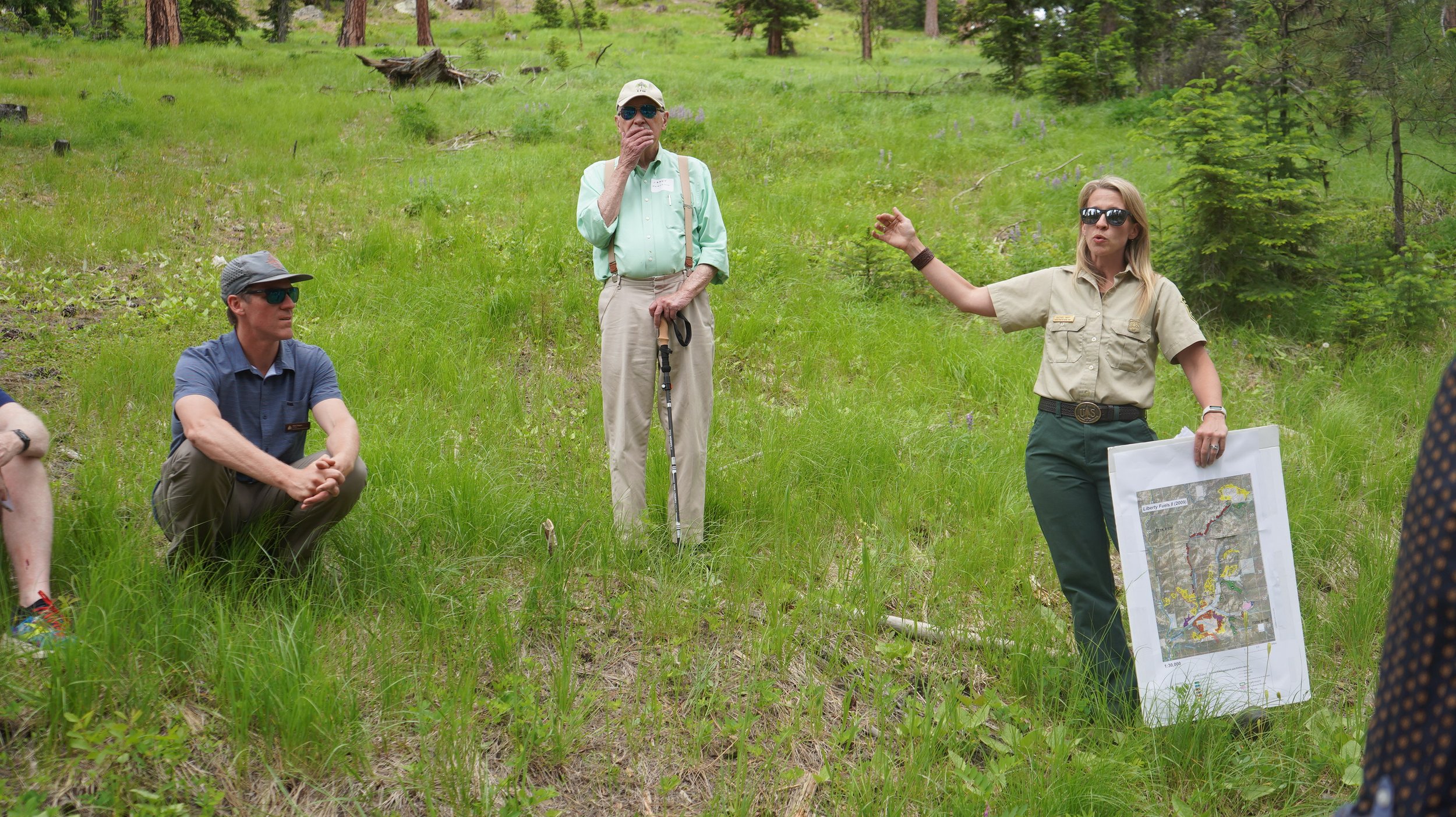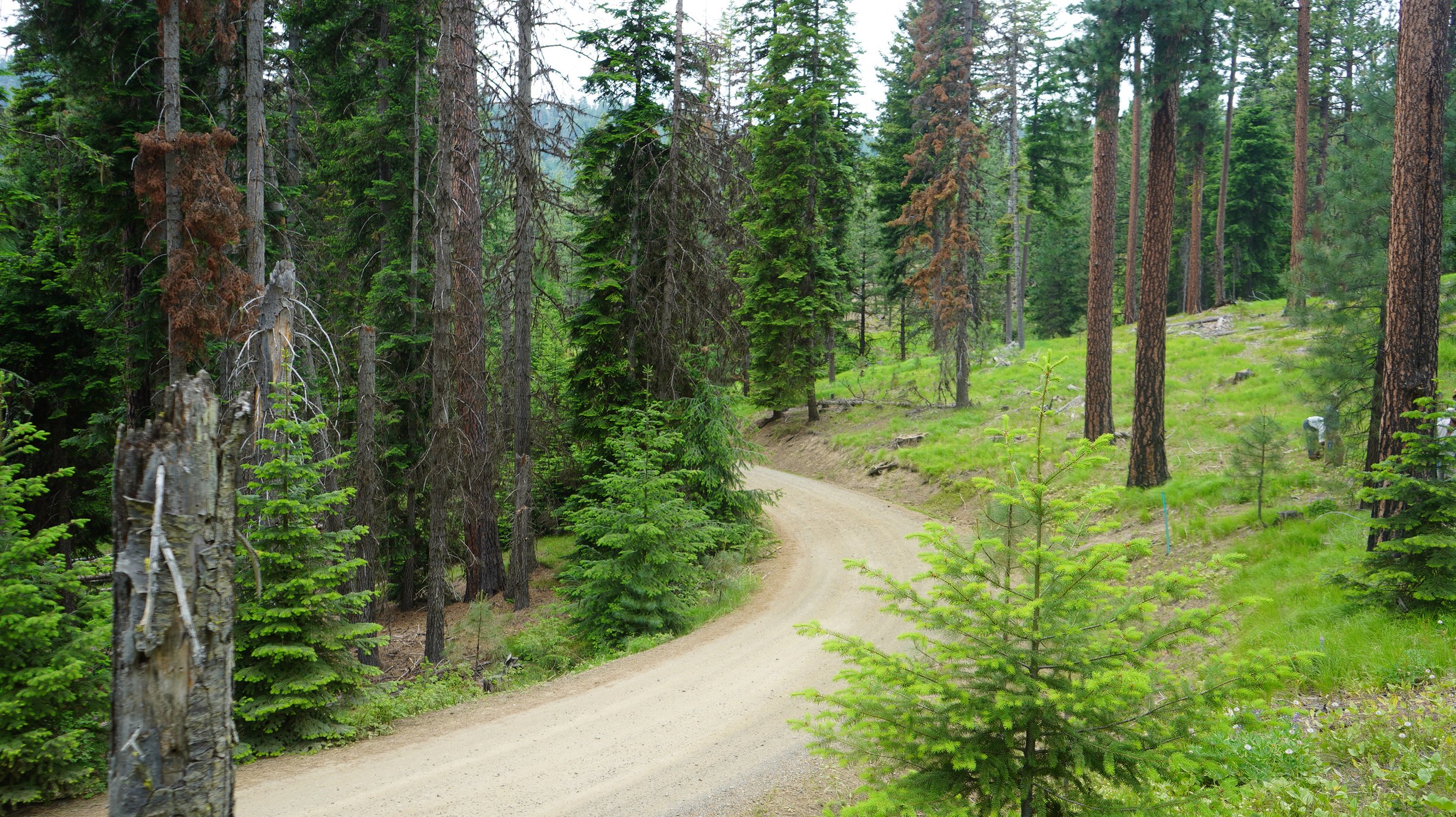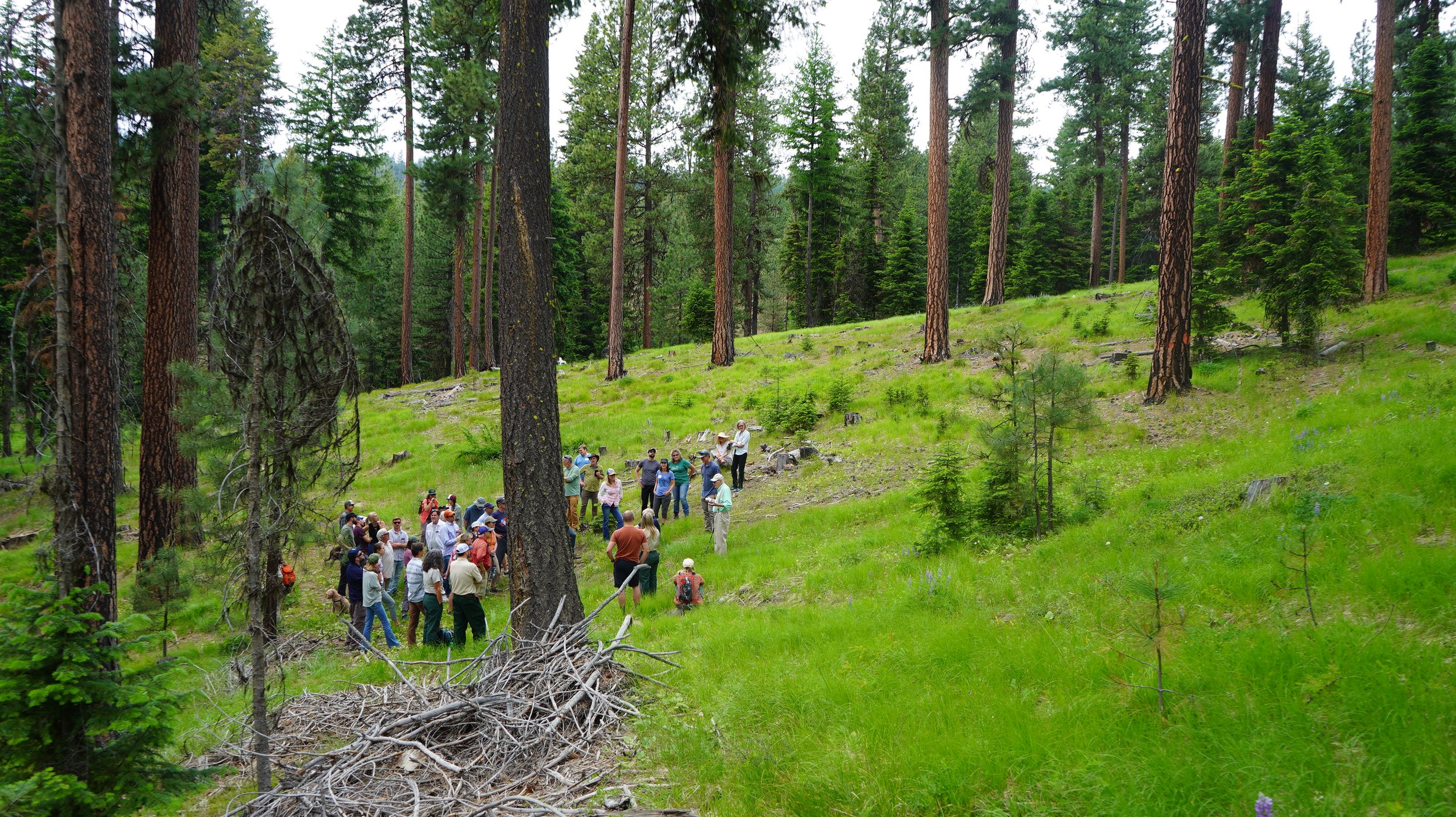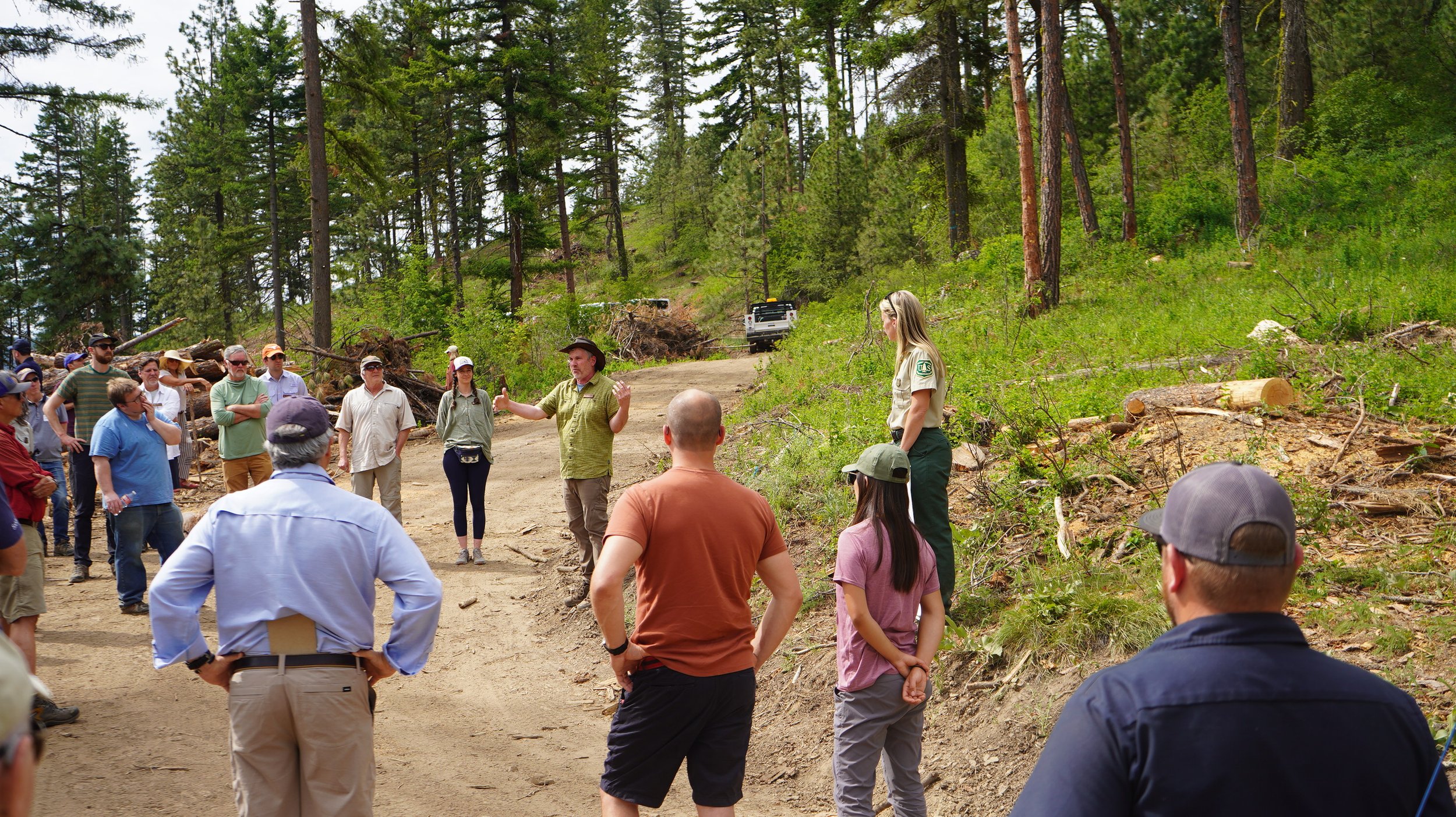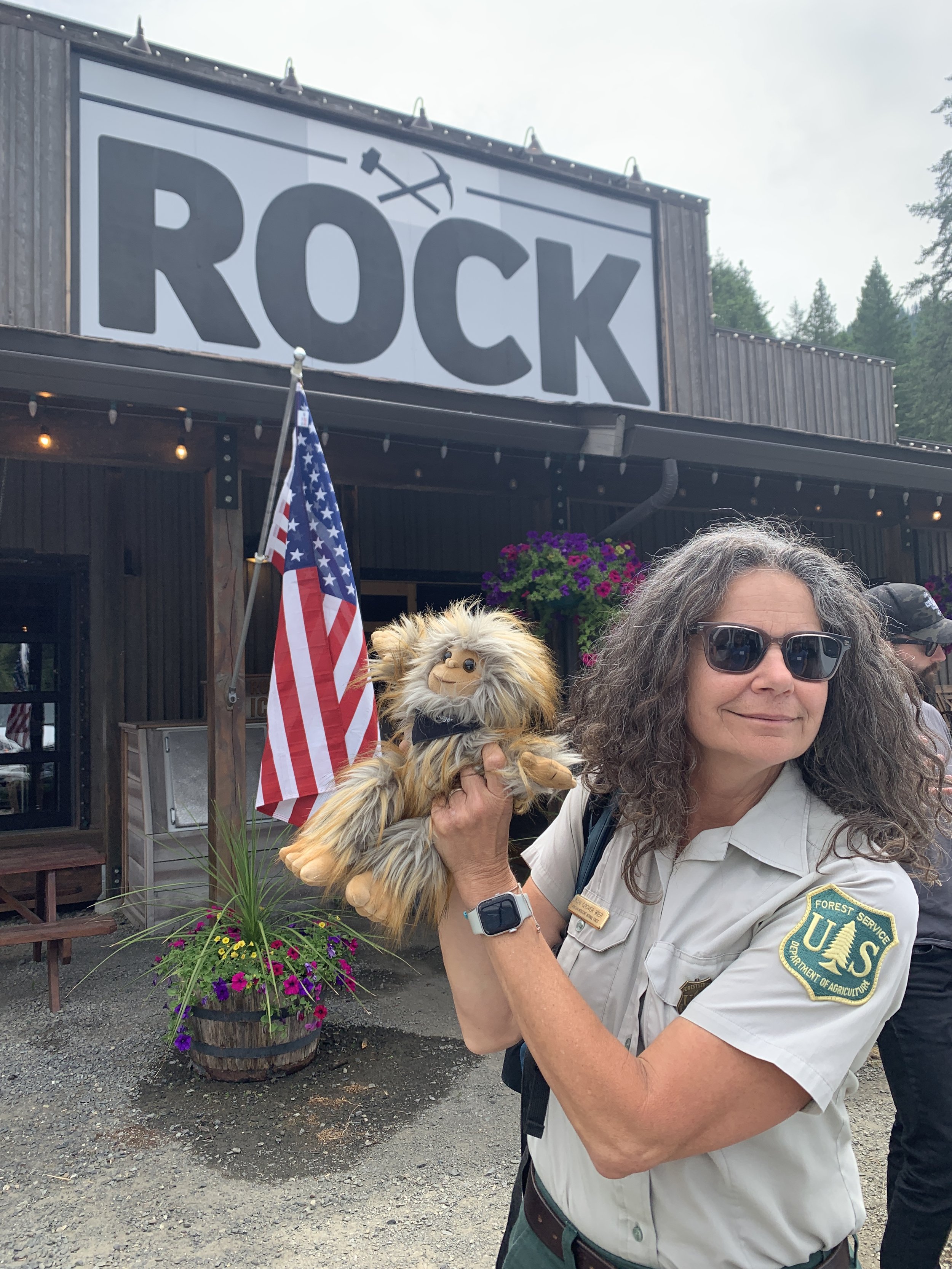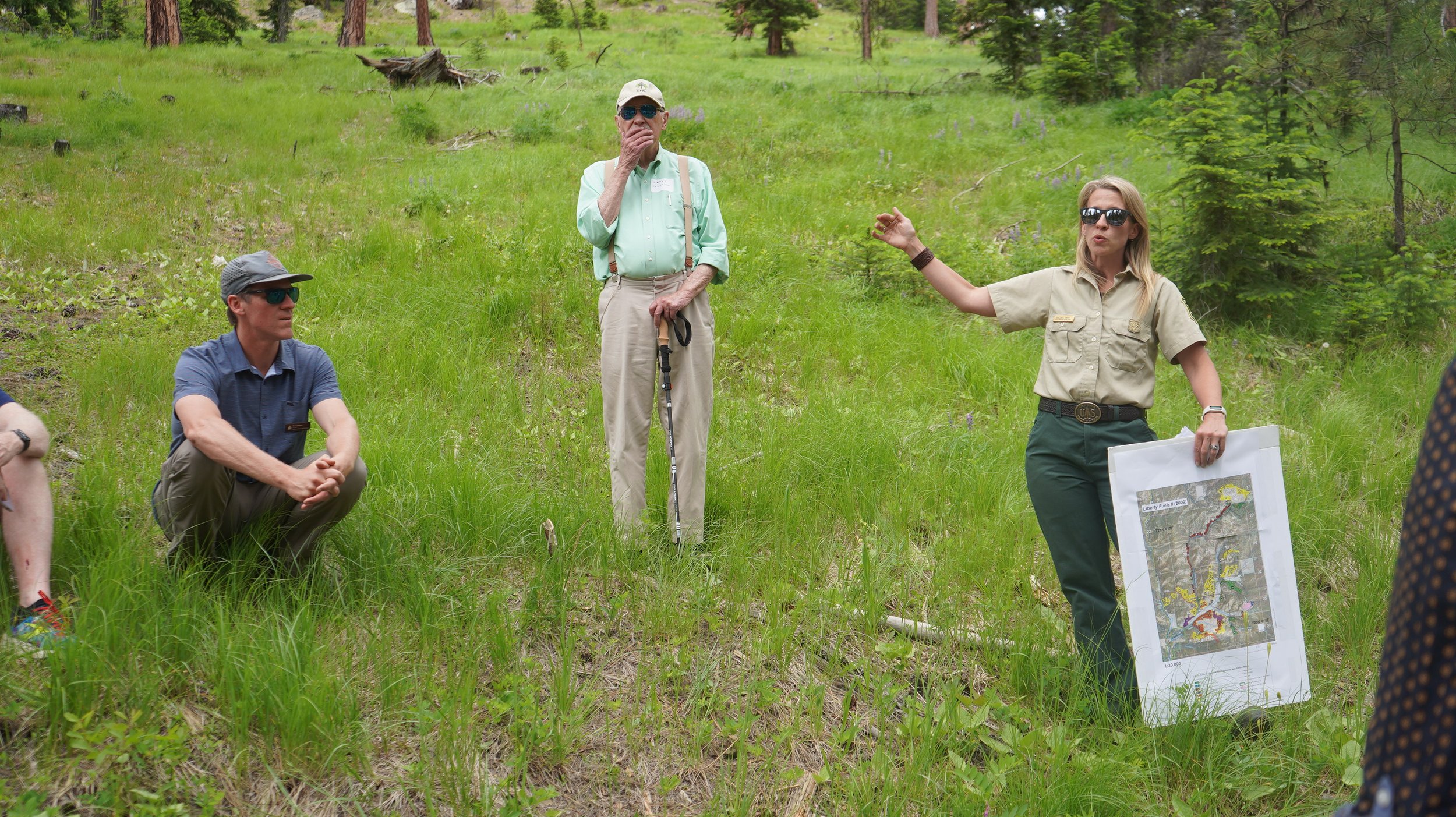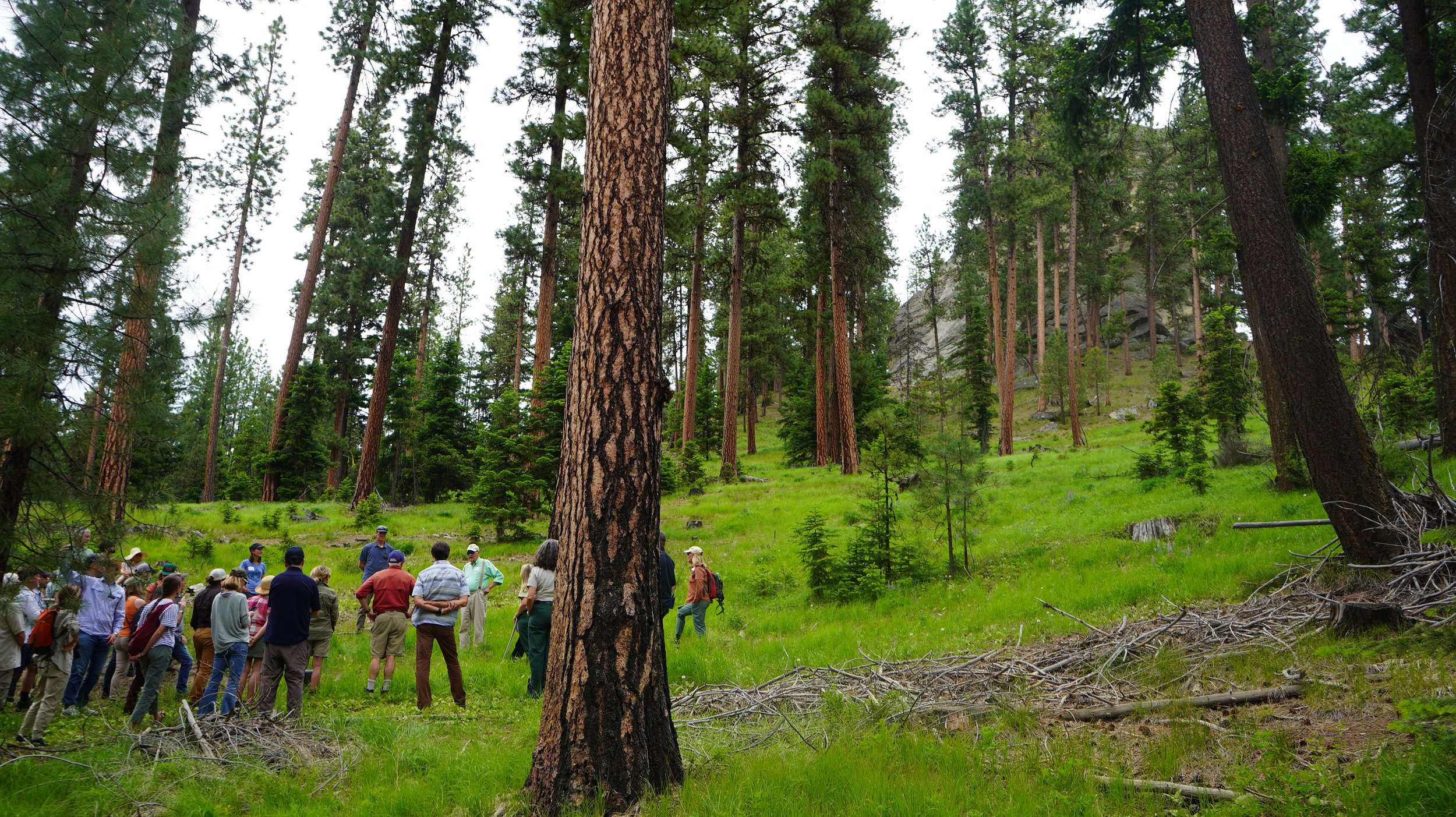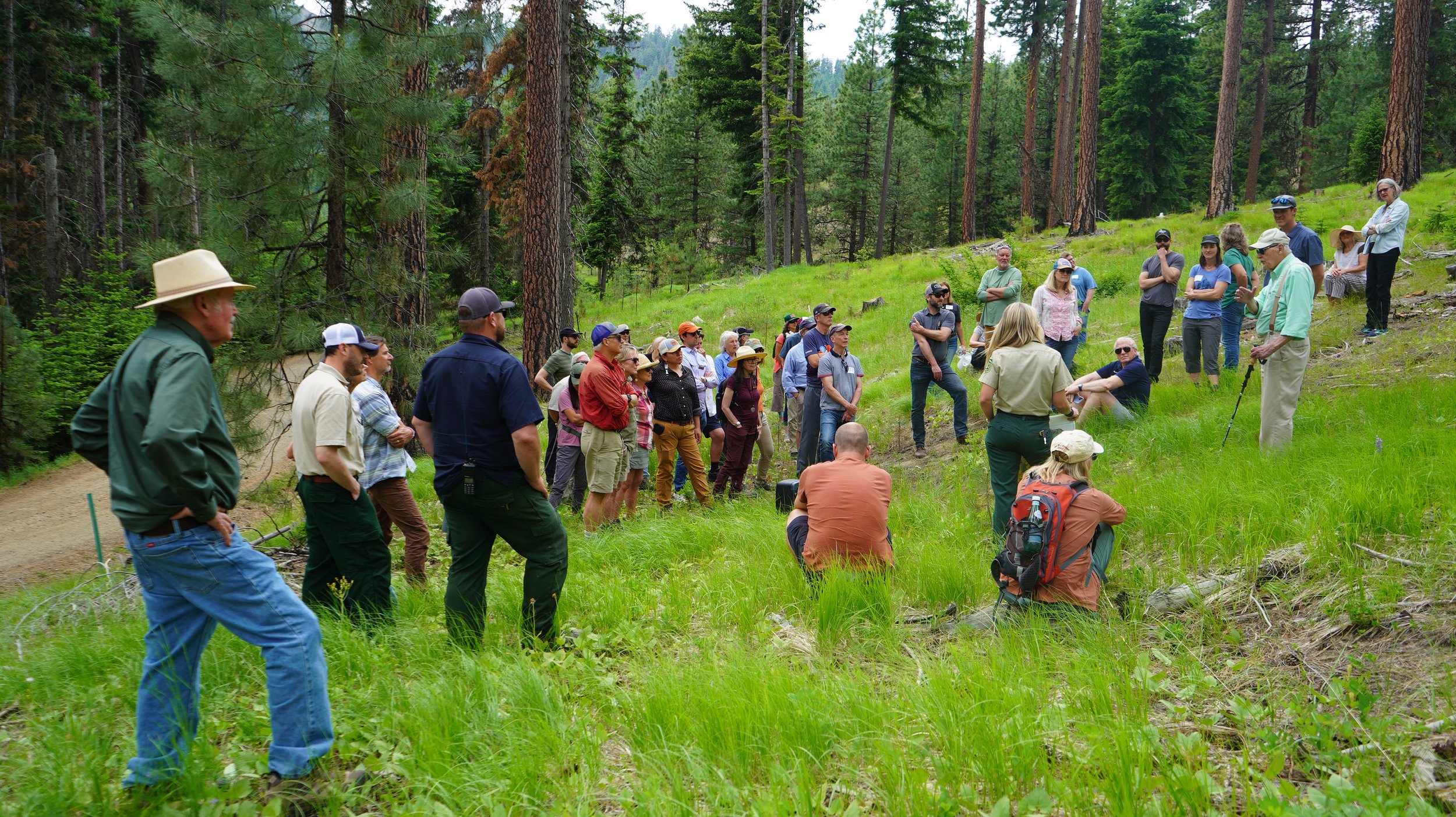Nine things we know about conserving dry, east-side forests in the PNW
Sustainable Northwest is working with Tribal, federal, state and local partners to restore dry, east-side forests in the Pacific Northwest. By removing younger trees and treating the forests with low-severity, prescribed fire, we can reduce the risk of catastrophic megafires, improve fish and wildlife habitat, increase water in streams, store more long-term carbon in trees and soil, and provide economic opportunities for local communities.
On a tour of the Okanogan-Wenatchee National Forest, which is managed under the Northwest Forest Plan, we learned a lot about restoring east-side, dry forests:
1) In Oregon and Washington, there are two basic types of forest: moist and dry.
We are oversimplifying here, but it’s useful.
West of the Cascade Mountains, we have moist forests, characterized by Douglas-fir and western hemlock. These moist forests rarely experience wildfire, but Indigenous Peoples did low-intensity, cultural burning to improve wildlife habitat and produce food. When wildfires do come, especially when accompanied by strong winds, they can become severe, catastrophic megafires -- as seen in 2020 in western Oregon.
There are thousands of acres on the west side where the old-growth forests have been replaced with plantations – tree after tree after tree of the same Douglas-fir, kind of like a corn field. Scientists say if we want big trees on the west side, we can thin existing plantations and allow for the remaining trees to grow larger. We can also harvest them and replace them with a more natural forest, with multiple species of trees, shrubs and other plants. But they do not need fire to thrive.
On the east side, it’s a different story. Ponderosa pine and western larch were the predominant trees historically, and they need frequent, low-severity fire to remove the highly flammable, low-growing brush and small trees. This makes space for pine and larch to reproduce and grow old. Due to a century of fire exclusion, these forests are overstocked.
Restoration thinning will help restore the forest’s historic structure, which will:
- Provide wildlife habitat.
- Store stable carbon in trees and soil.
- Reduce the threat of catastrophic megafire.
- Help grow older, larger trees, which can better withstand catastrophic megafires.
In short, if we want old trees on the east side to endure, we need to remove some of the young trees and apply low-intensity, prescribed fire every 5-20 years.
2) Restoration thinning projects should leave all the old trees – live, dead and down.
We had at least six different highly respected forest scientists on our tour, including Dr. Jerry Franklin, one of the authors of the Northwest Forest Plan. He was very clear that in any restoration thinning project in the dry, east-side forests, we should leave all of the old trees, even after they die and become snags and logs. Wildlife need these.
Here are photos of two areas at Swauk Pine restoration site on the Okanogan-Wenatchee National Forest in north central Washington:
This part of the forest was thinned to better match historic conditions and reduce risk from catastrophic, high-severity wildfires. Scientists say now it needs to be treated with prescribed fire.
This part of the forest is overstocked and needs thinning and prescribed fire to be restored to historic conditions. Notice that there are many more young, bushy trees here and a dense understory.
3) Forests with frequent, low-severity fire may store more carbon in the soil than above ground.
Dr. Cristina Eisenberg from Oregon State University taught us that frequent, low-severity fire – which is what prescribed fire is, and what Tribes did for tens of thousands of years in these forests – actually stores carbon in soil. It’s called pyrogenic carbon, also known as charcoal. As least 30% of the carbon in any forest is stored in the soil. It persists for up to 10,000 years, and low-severity, frequent fire actually deposits carbon in the soil, according to Dr. Eisenberg. Catastrophic megafires do not deposit carbon in soil, and they are more likely to replace entire forest stands, releasing all of that stored carbon in trees.
That’s right: low-severity, frequent fires help store carbon in soil and trees long term; high-severity, catastrophic megafires release more of the carbon in a forest.
These photos show a prescribed fire in action, helping restore a dry, east-side forest to historic conditions and make it more resilient to climate change and severe wildfires.
4) Restoration thinning in overstocked forests on the dry, east side of Washington and Oregon can provide wood products.
The Okanogan-Wenatchee National Forest is part of the ancestral homeland of the Yakama Nation. The Yakama have forests on their reservation lands where they practice ecological forest management, thinning, and burning in appropriate areas to improve forest health. They process the wood at Yakama Forest Products and sell to green builders in the region. Much of the wood in the PDX airport’s renovation project comes from the Yakama Nation.
5) There are very few mills left in eastern Oregon and Washington to process trees removed in restoration thinning.
Central Washington lacks mill infrastructure to process small trees, meaning timber is trucked to Colville, Darrington, or other facilities far away, which adds more carbon to the atmosphere. For the Swauk Pine restoration project shown in the photos above, the small Douglas-fir removed from the land were trucked to Elgin, Ore. to be milled into marketable wood products.
6) Fire can be good for fish.
Dr. Gordon Reeves, another of the authors of the Northwest Forest Plan, explained to our group that fires can add nutrients, sediment and wood to streams. Fish need these to thrive.
7) The Northwest Forest Plan allows thinning in riparian reserves.
This is a bit wonky, but bear with me. The Northwest Forest Plan was written in the 1990s to conserve northern spotted owl, salmon, and other species. In it, Dr. Reeves and other scientists suggested that preventing clearcutting and excessive timber harvesting near streams and rivers could improve salmon habitat. So the NW Forest Plan created “riparian reserves” along streams and rivers to do just that.
However, the scientists intended that restoration thinning or prescribed fire be allowed in riparian reserves where it advances ecological goals. These are important management tools needed in our dry, east-side forests, including near streams. Dr. Reeves pointed to an overstocked forest next to a stream at the Swauk Pine Restoration Project and said that forest can and should be thinned to improve habitat for fish — that’s the forest on the right side in the Swauk Pine photos above.
8) The pace of restoration in dry, east-side forests of Washington and Oregon needs to be much faster to save the forests there.
A lot of people do not understand the scope of the problem we’re dealing with. They also are sometimes stuck in a 20th century mindset that assumes that humans leaving the forest alone is the best course of action. But this is the 21st century, and climate change is here.
We need to thin the dry, east-side forests and apply prescribed fire on thousands of acres of forests throughout eastern Oregon and Washington. So far, very little has been treated. We must act soon or much more of it will burn in megafires, which will release large amounts of carbon and smoke into the atmosphere. Such severe wildfires will kill many of the remaining old trees and dramatically reduce fish and wildlife habitat.
If we act quickly, we can save forests and provide economic opportunities in local, rural communities for several decades.
Before and after photos of a thinning project called West Bear in a dry forest near Jacksonville, Oregon.
9) Forest restoration will need to be coordinated with conservation of northern spotted owl habitat
Dr. Norm Johnson, a third NWFP author, pointed out that a major goal of the Northwest Forest Plan is to provide habitat for the northern spotted owl, a species listed as threatened under the Endangered Species Act.
The spotted owl thrives in the dense forests that are now widespread on the dry, east-side forests of the Northwest, but historically there were few northern spotted owls there because the forest historically experienced periodic, low-severity fire that kept tree density low. Reducing the current forest density with thinning and prescribed fire may be bad for northern spotted owls in the short term, but will benefit them in the long term by reducing the risk of a stand-replacing, catastrophic wildfire. This apparent conflict has greatly slowed restoration on dry, east-side forests like the Okanogan-Wenatchee National Forest.
One solution is to treat large areas of overstocked forest with thinning and prescribed burning, while retaining patches of high-quality spotted owl habitat. Many scientists endorse this approach, including the authors of the Northwest Forest Plan.
An even bigger issue for spotted owl conservation may be barred owls. These larger barred owls invading from the East Coast are a top predator that outcompetes the smaller spotted owl. Dr. Johnson pointed to experiments showing that the most effective method of controlling barred owls is killing them, which may be necessary if we want to conserve northern spotted owls.
We must act quickly and carefully.
The climate is changing. Wildfires are causing smoke to disrupt summers, destroy homes, decimate wildlife habitat, and harm human health. While the issues are complex, the takeaway is that we must use our best science and act quickly to conserve dry, east-side forests in Washington and Oregon.
- by Natalie Bennon, Sustainable Northwest Communications Director, with help from many scientists.



